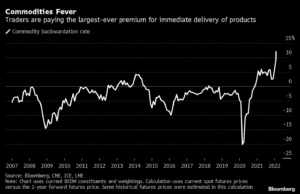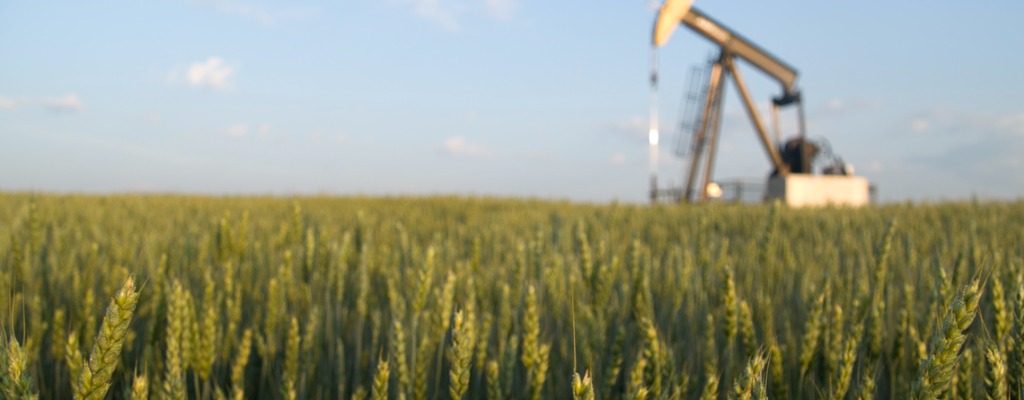
Emily Fry, CAIA, Manager, Trading Operations & Oversight [email protected]
Not long ago commodity prices were falling, now they’re surging. Today, I see green across every quote in every commodity sector from my front-row seat managing the trade flow for $7B in Macro positions.
At the start of the pandemic-induced global shutdown in 2020, we witnessed dramatically falling commodity prices as uncertainty soared, sending assets downward in a risk-off environment. Conversely, we now see commodity prices rocketing to multi-year highs as we enter yet another risk-off environment. Energy is at multi-year highs, industrial metals highest in a decade, and markets like wheat are limit up for several days running.
What happened? Or, more saliently from a macro-investing perspective, how and why did it happen? To understand this dichotomy, we must examine the underlying macro drivers over the last three years.
2020 – Commodities decline as economies contract due to the Covid-19 pandemic (Risk-Off)
With the onset of the Covid-19 pandemic at the beginning of 2020, the global economy retreated, drying up demand nearly overnight as lockdowns occurred. Suppliers can’t turn off production overnight, so they were left with excess product, pushing prices lower. This supply and demand imbalance manifested differently in each subsector. We witnessed WTI Crude Oil futures prices dip to negative numbers as demand all but vanished, while grain prices moved lower in the face of supply chain constraints. Commodity prices typically fall during risk-off periods as economies contract.
2021 – Commodities rally due to higher demand, supply shortages, and rising fuel costs as we emerge from Covid (Risk-On)
As we transitioned out of the 2020 contraction, energy prices soared as lockdowns lifted and inventories depleted, suppliers struggled to keep up initially, kick-starting a rally in commodity markets. Along with weather-related supply shocks, higher energy prices drove commodity prices up further as energy is a crucial input for most commodity production. The low interest-rate environment further supported the risk-on rally across assets throughout 2021. Entering 2022 inflation concerns weigh on US equity markets as investors price in a coming series of rate hikes, however, Russia will change the world’s priorities by February.
Feb 2022 – Commodities surge due to war-related energy supply disruptions (Risk-Off)
In late February Russia invaded Ukraine, giving world markets a new dominant concern. As the third-largest oil producer, Russia is a top producer in the global energy market, and the war-related disruptions to the energy sector are already apparent. Russia and Ukraine together supply a quarter of the world’s wheat.
Whether we see a disturbance in supply or supply getting cut off due to sanctions, I expect non-Russian commodity prices to continue to rise. Last week, the front-month WTI crude oil futures price rose to over $115, a price last hit in 2014, while near month wheat futures have closed at their upper limit multiple times over the past few weeks. The premium for near-month commodities has exponentially increased, reflecting the anticipated short-term supply-chain disruptions from the war. The below chart from Bloomberg shows the near-term premium soaring.

Looking Forward
With the war impact and sanctions against the Russian government, I expect global economic growth will slow, putting stress on financial systems. I foresee rising energy and other commodity prices hurting consumer spending power. As we’ve entered a significant risk-off period led by inflation concerns and geopolitical conflict, we should expect elevated commodity prices to persist until relief arrives for at least one of the two main drivers. The speed of global central bank policy changes, the war’s trajectory, and the pandemic hangover we face will combine to determine long-run commodity pricing.
